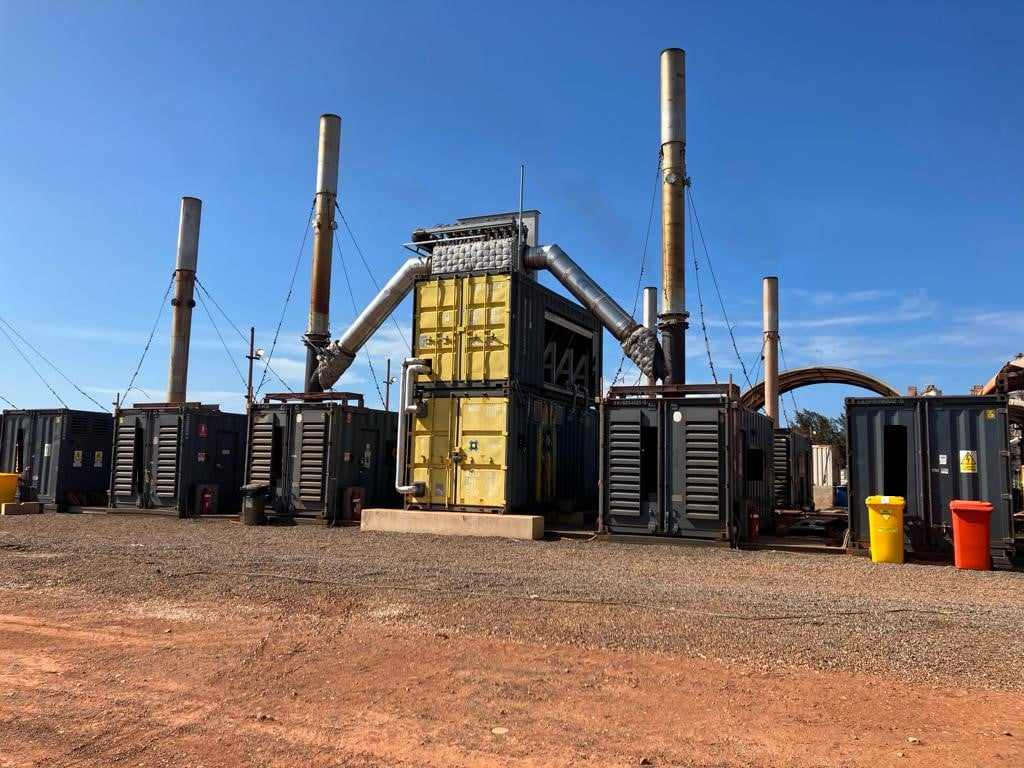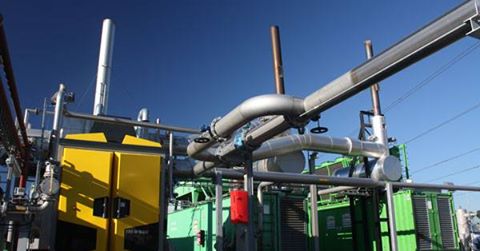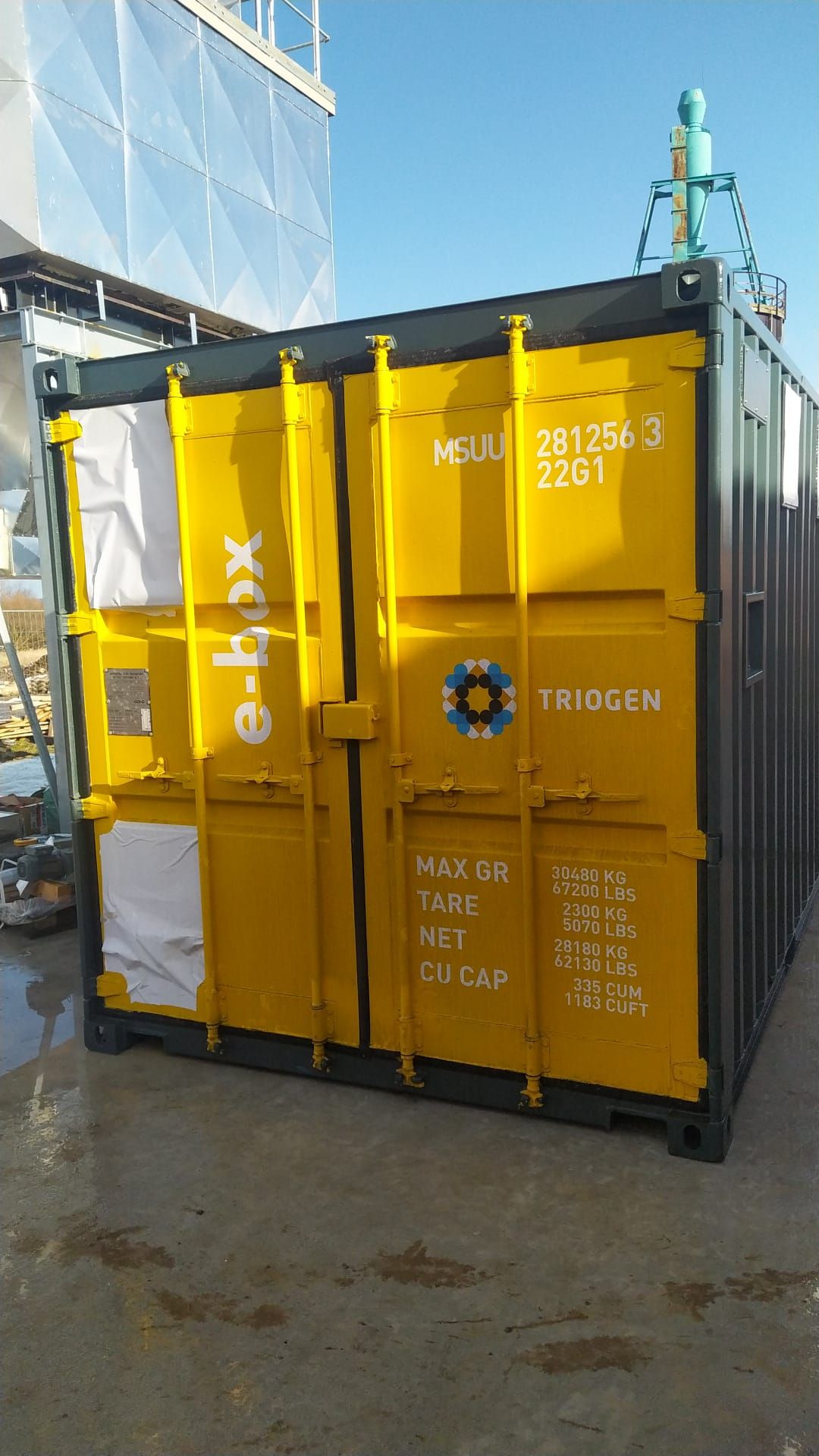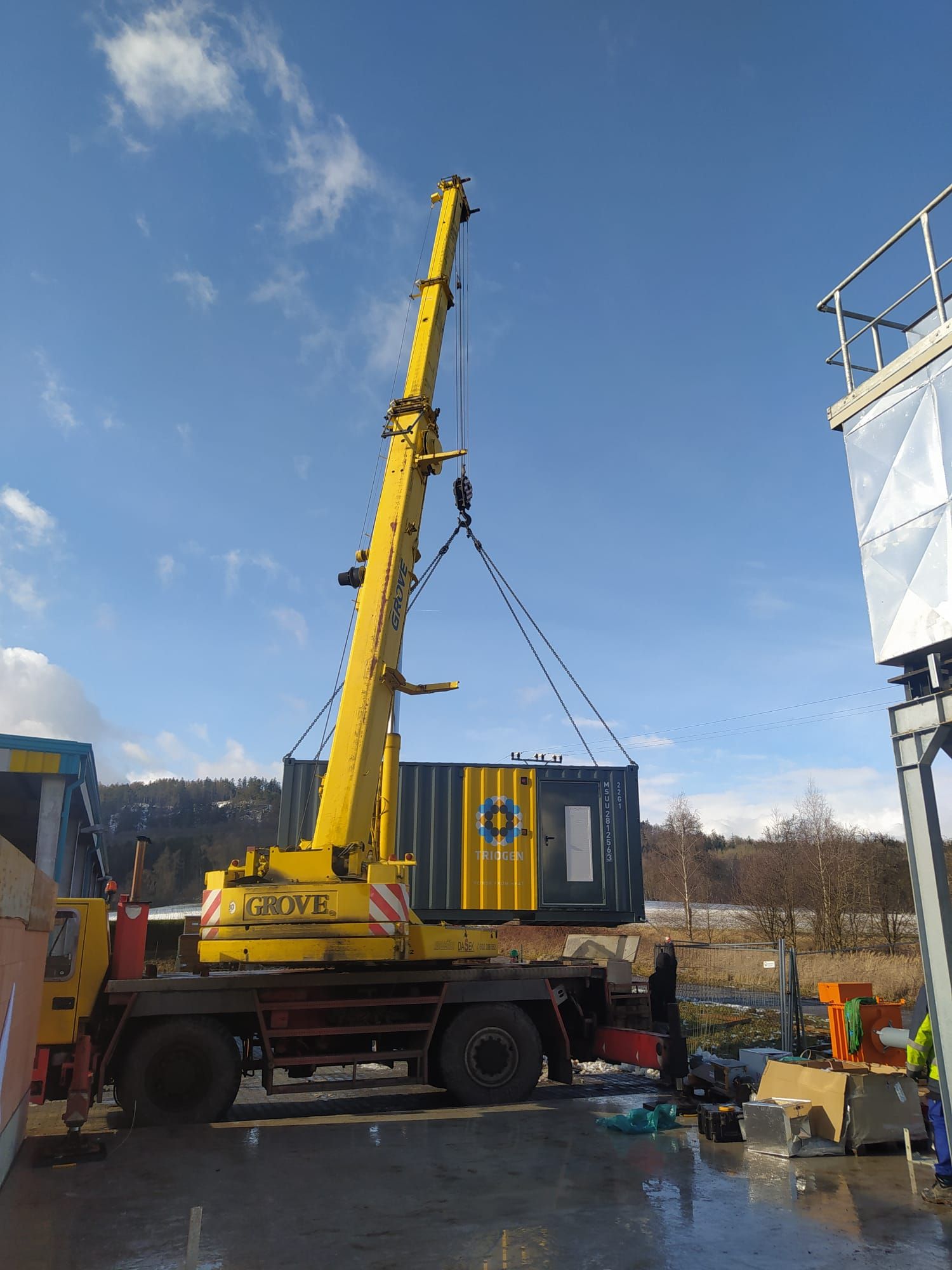Advantages of ORC:
- high annual uptime
- high efficiency relative to the inlet temperature
- fully automatic operation
- easy integration into existing equipment
- suitable for modular installation
The main component of the ORC system is a high speed turbine which converts low-potential heat into electrical energy based on organic Rankine cycle.
Advantages of ORC:
Use of technologies:

ORC e-box POWER
e-box Vario
.jpg)
→ ORC WB-1 operates with flue gaseswithin the range 350 - 520 °C. Thermal power at the input to the ORC WB-1 is 450 --900 kW while the electrical output power is 60 -160 kW, depending on the input heat fed into the ORC system.
.
An example of installation is a combination of the ORC system with a CHP unit. A great advantage is the ORC can be connected directly to the chimney flue gas pipe of the process. This eliminates the need to use a flue gas heat exchanger. Flue gases are passed directly to the ORC heat exchanger. The internal medium is not water, but an organic substance. It is heated to about 320 °C and when entering the turbine blades of the ORC it moves the turbine to speeds up to 28,000 rpm.
The connected asynchronous generator begins to generate electric power. Through the use of high temperatures directly from the flue gas, ORC WB-1 achieves an efficiency of around 20%! This value puts ORC WB-1 among the leaders in this technology. In the cooling circuit, the heat power is equal to 80% of the input heat power with the temperature gradient of about 55 °C - 35 °C. These are not random parameters as they provide the client with the possibility of using this potent i a l to heat the d i g e s t e r s , swimming pools, sludge pits, etc. The recovered flue gas coming out of the ORC flue gas pipe has a temperature of about 180°C.

→ The main reason why the ORC e-box VARIO system was launched onto the market was a high demand amongst potential clients for the use of heat to generate not only electrical energy, but also to use hot water for heating..
→ Variability of the ORC e-box VARIO operation enables the user to evaluate when the supply of heat into the heating system is a priority, or when it is more practical to maximize the production of electricity.
ORC e-box VARIO is technically identical to the e-box type, but it offers an additional feature of controlling the temperature of ORC cooling water so as to achieve different temperature levels. The settings can be changed online, depending on the operating conditions.
The ORC e-box VARIO system can be used with biogas plants (apart from other applications) which already have a supply of heat in place or which are planning it. By deploying the ORC e-box VARIO system, it is possible to streamline the entire operation and in the winter months to control the supply of heat ver sus electr icity production from ORC.
Graf výroby elektrické energie v závislosti na teplotě chladícího okruhu:
ORC WB-1 characteristics and specifications:


 |
Pro více informací nás |
illustrative picture of connecting the ORC Triogen ebox to a biomass heat source